Structure and Design for History on the Web
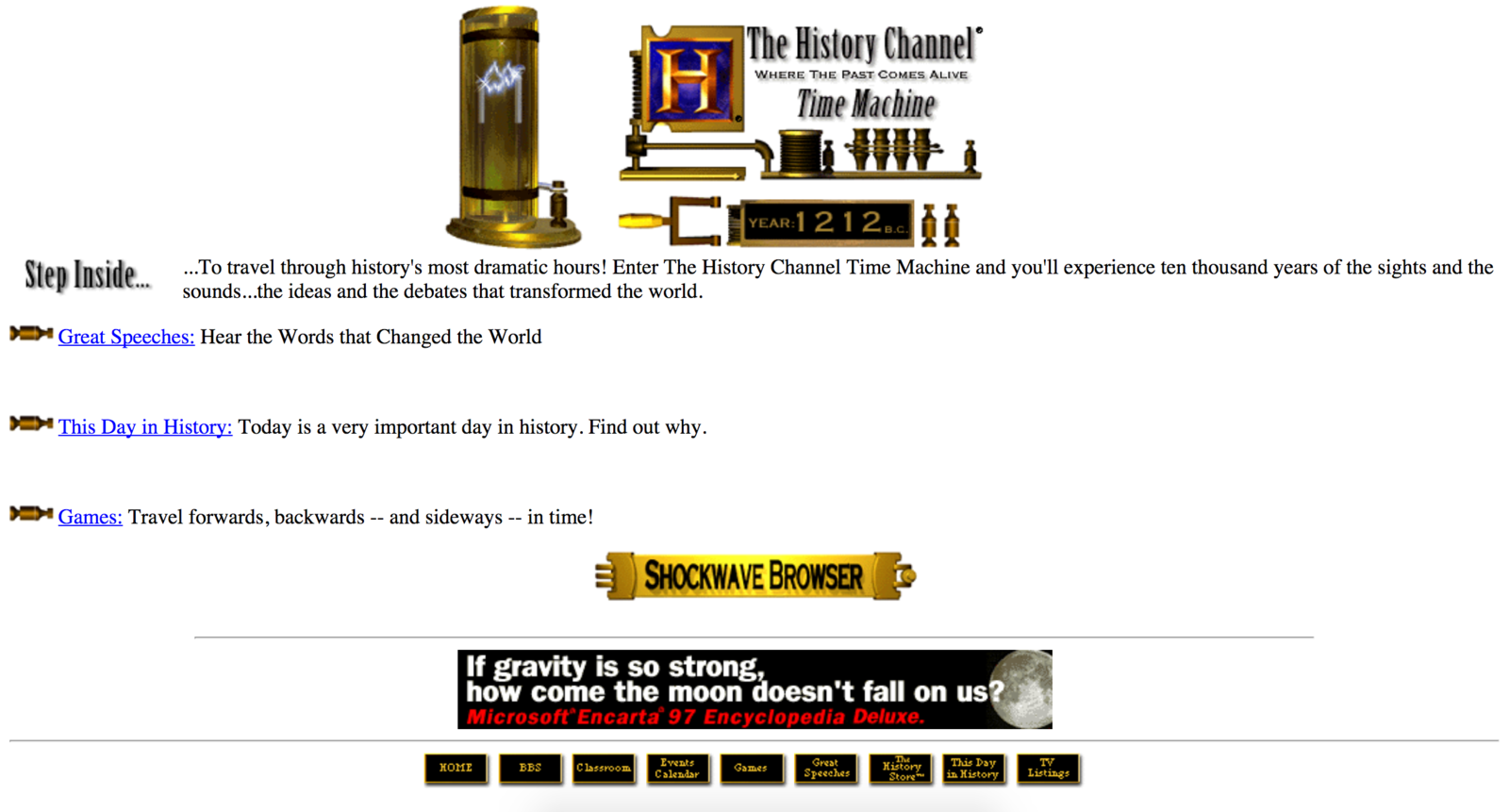
historychannel.com, circa 1996
via web.archive.org
About LEADR
- Collaborative space for students to build digital projects and explore digital techniques
- Equipment, software, & general support for projects
- Open & staffed 10am-8pm Mon-Thu, 10-5pm Fri

Focus on Your Audience

- Who is your audience?
- What message do you want to convey?
- How can you make this message clear?
- How will your audience navigate?
- How can your structure aid your message?
http://www.telikin.com/cms/index.php/post/why-a-senior-computer
Visual Cues for Reading

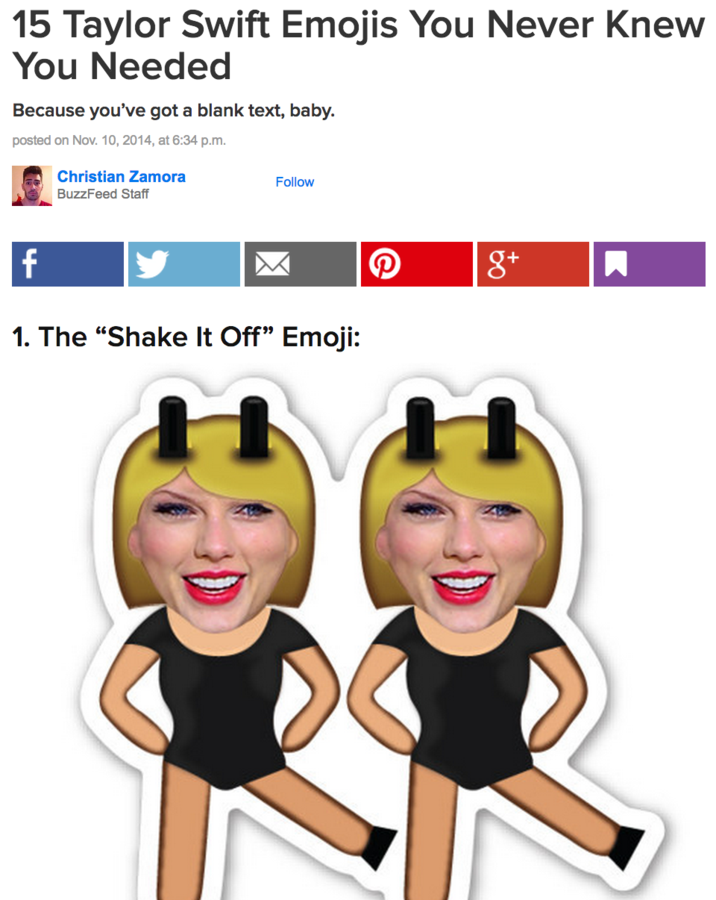
Above: http://www.wikihow.com/Start-a-College-Essay
Right: http://www.buzzfeed.com/christianzamora/taylor-swift-emojis-you-never-knew-you-needed
The "F Pattern"
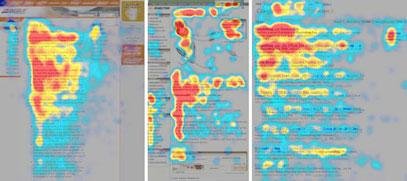
http://www.pixelchefs.com/blog/small-business-web-design-reader-habits/
Long Form Writing for the Web
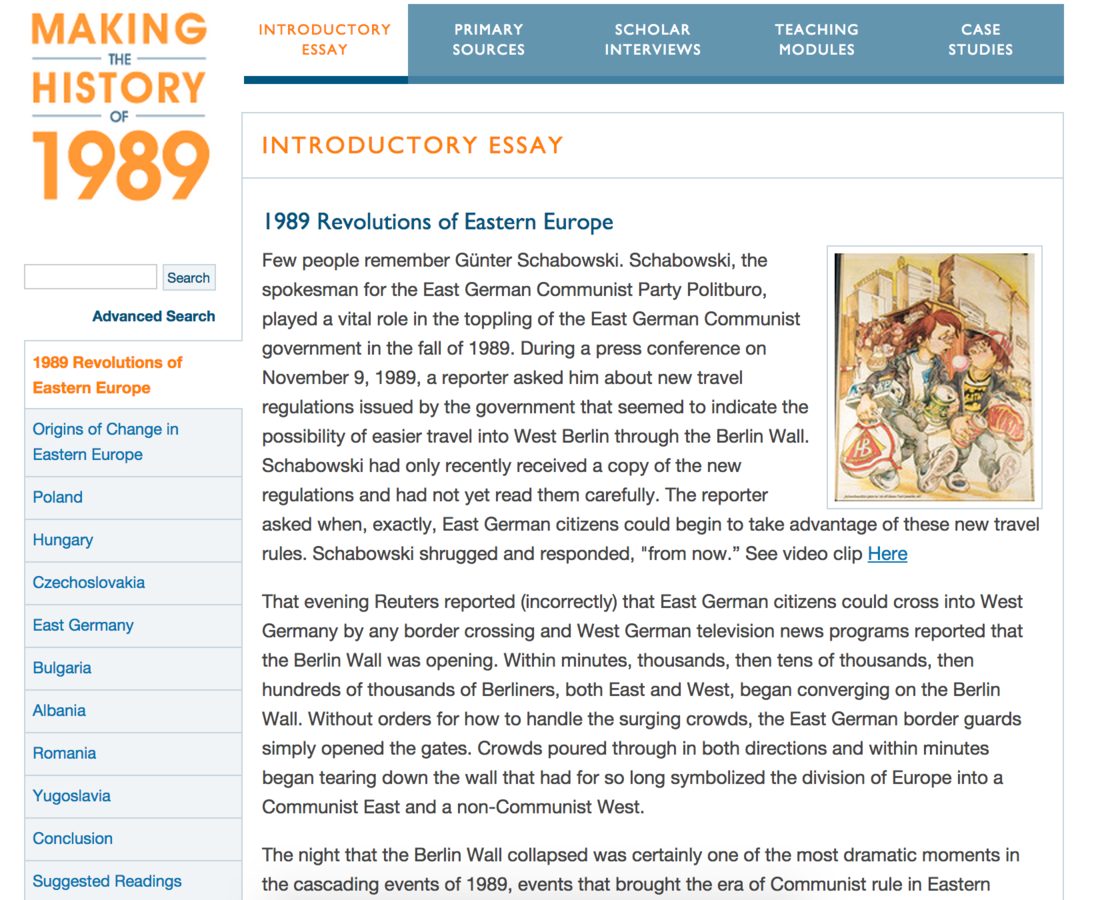
- Structure writing
- Break up text where it's logical
- Add photos when appropriate
- Simple, but not boring
- Watch line length (50-75 characters)
Examples
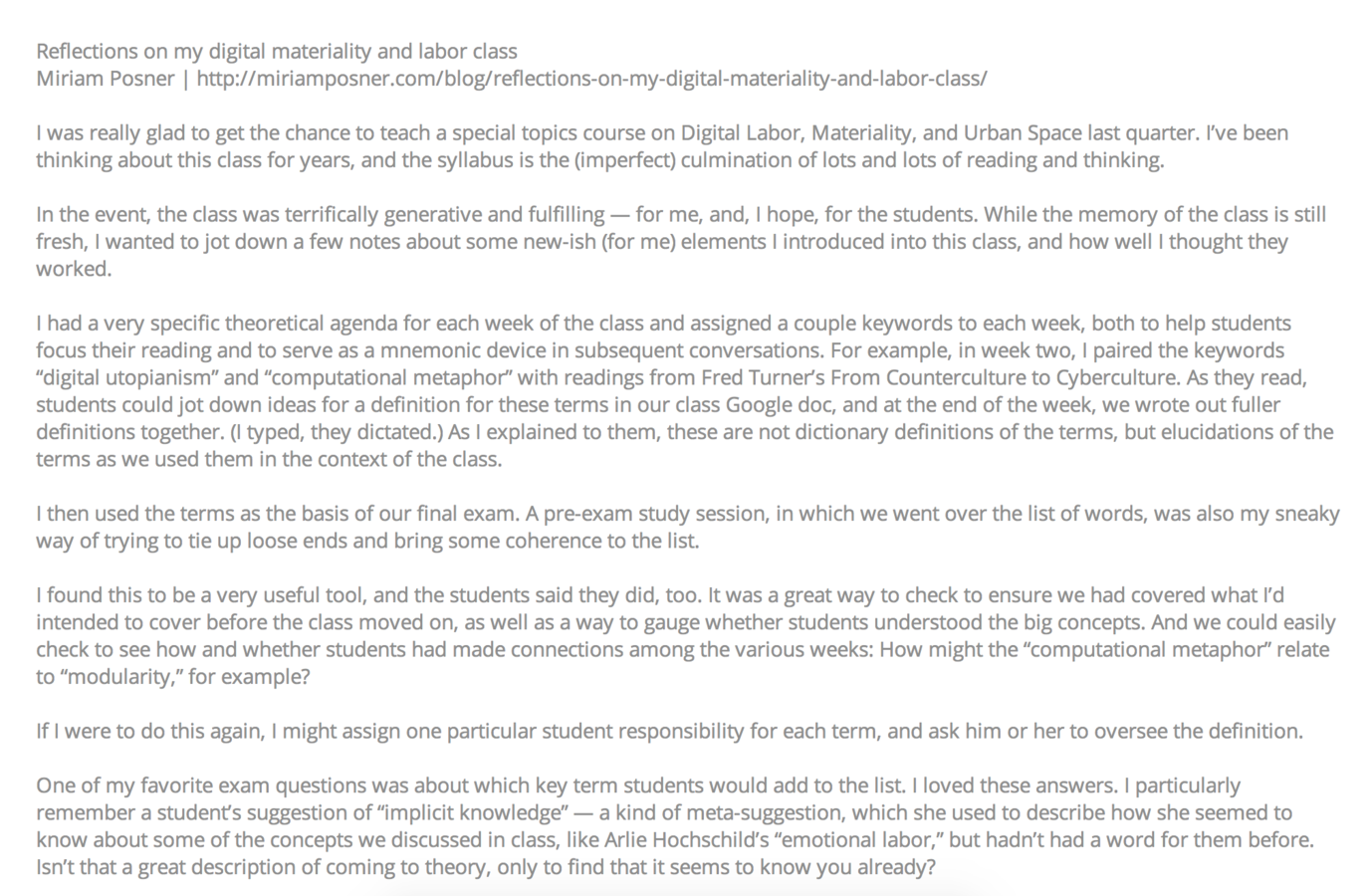
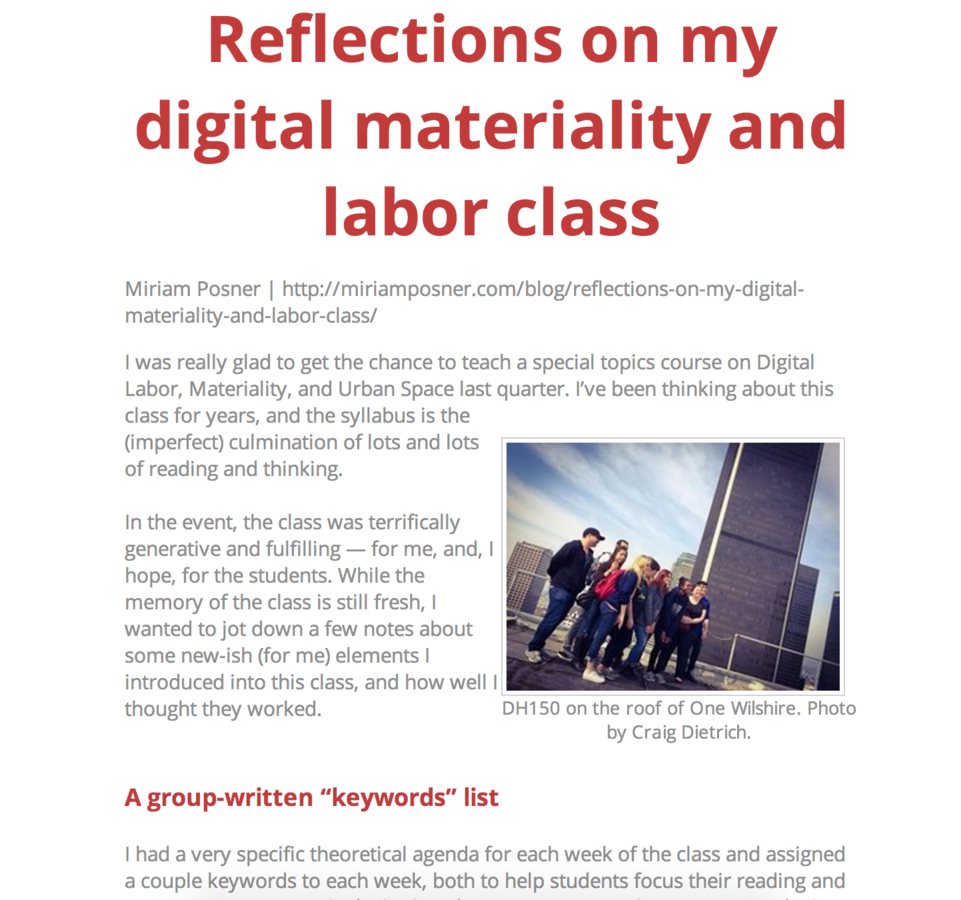
*Weebly Tip*
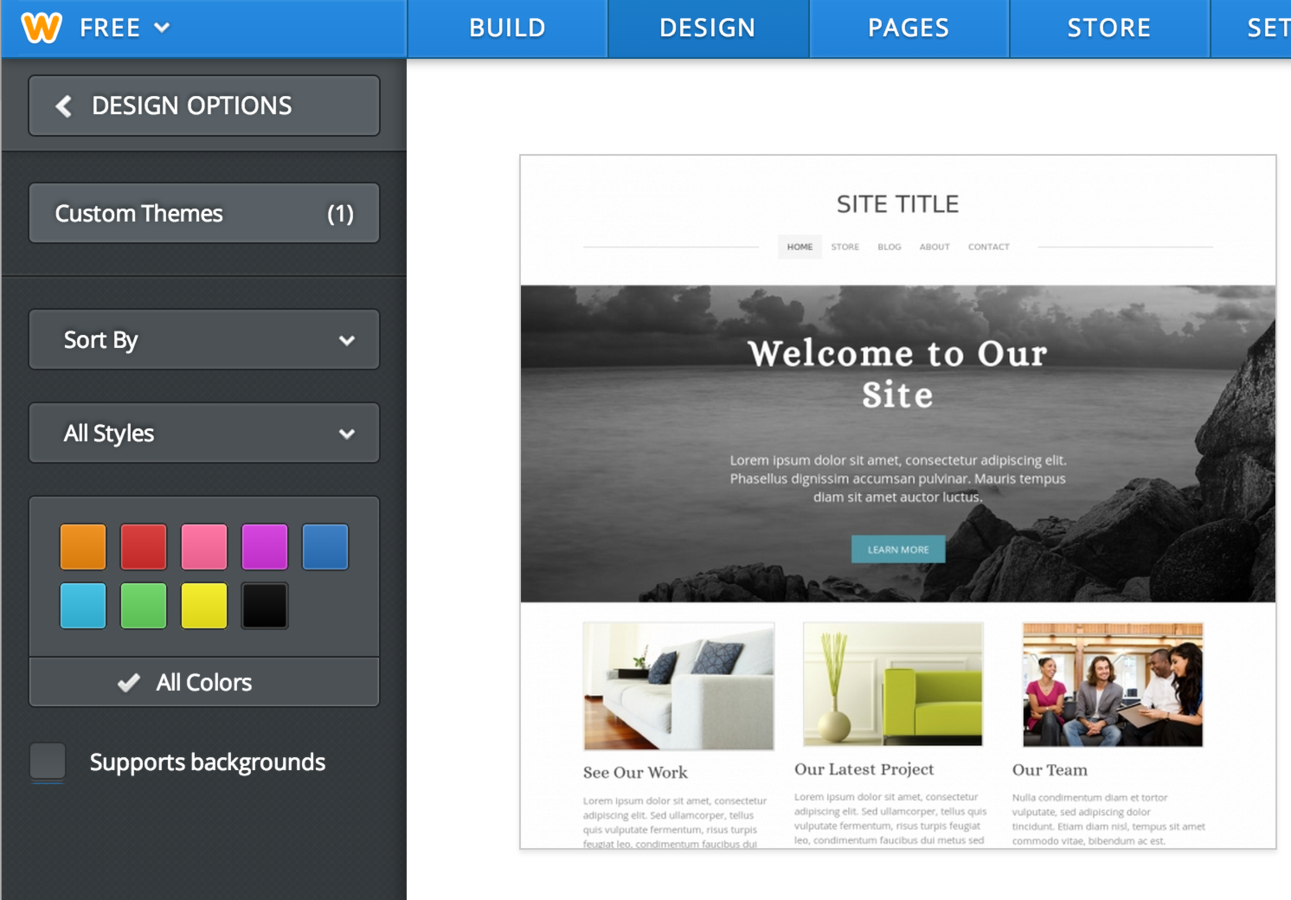
Design > Change Themes > Custom Themes > Edit
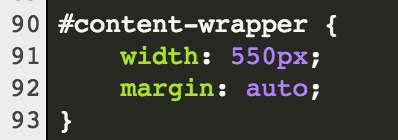
Change width of content-wrapper
See
http://www.w3schools.com/css/ for guidance on customization
Images

Photo: Science and Society Picture Library.
Ada King, Countess of Lovelace, 1840.
http://www.scienceandsociety.co.uk/results.asp?image=10312035
- Use trustworthy repositories for photos
- Start with lib.msu.edu
- dp.la and europeana.eu
- Make sure to cite your resources
- Image captions work great
- Be mindful of licensing and reuse
Copyright & Fair Use
- Current US Copyright: Author's life + 70 yrs (after 1922)
- Enter 'Public Domain' after copyright expires
- Works created & published outside of US have different licenses
- Fair Use - "the grayest area of copyright law"
- “fair use of a copyrighted work … for purposes such as criticism, comment, news reporting, teaching (including multiple copies for classroom use), scholarship, or research, is not an infringement of copyright"
- What about a digital photo of a public domain work?
Summarized from Cohen, Daniel J. and Roy Rosenzweig, "Owning the Past," Digital History: A Guide to Gathering, Preserving, and Presenting the Past on the Web http://chnm.gmu.edu/digitalhistory/copyright/
Citations
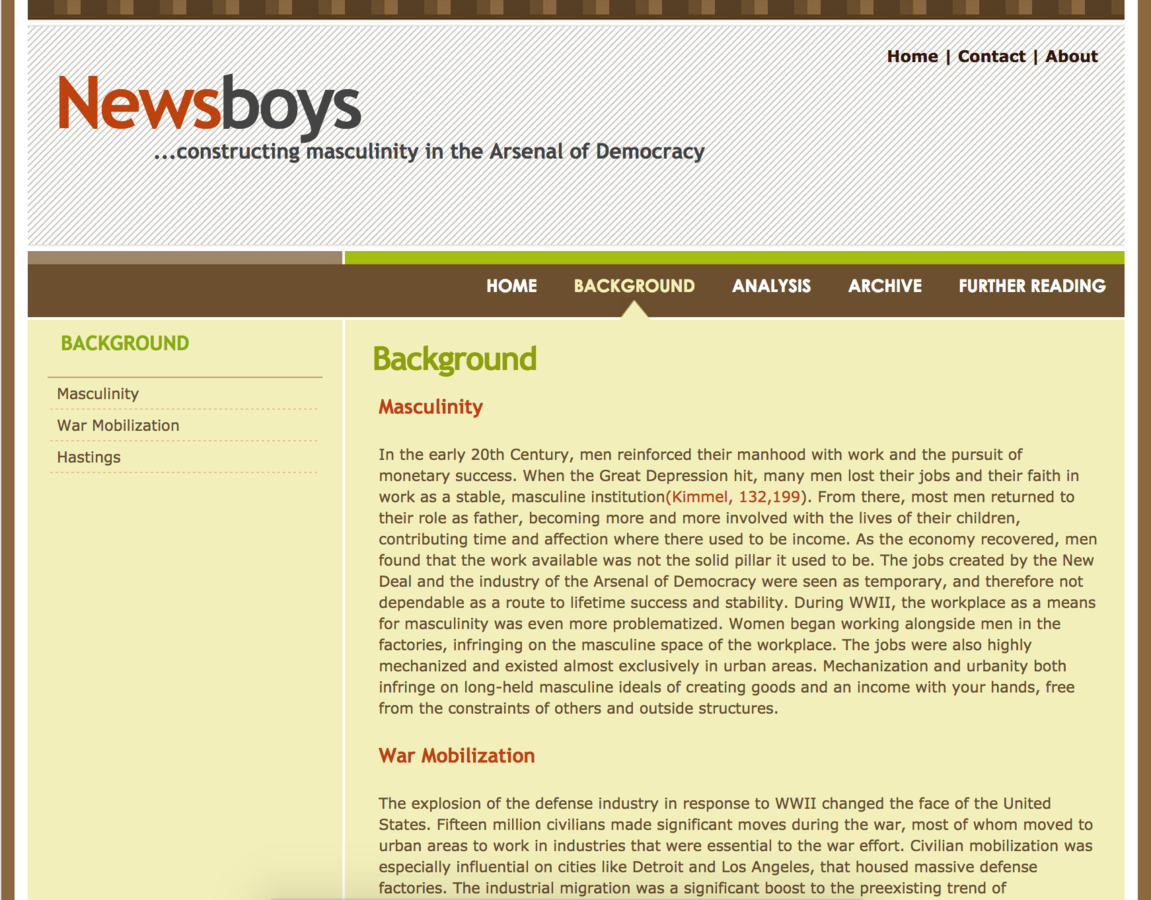
Best Practices
- Brief citations in parentheses OR footnotes using [1], [2]
- 'Works Cited' page or section at the end of each page
- Consult recommended Manual of Style
http://digitalhumanities.unl.edu/resources/
students/blocke/newsboys/background.html
Thanks!
Need Help?
- http://slides.com/brandontlocke/lb336
- Stop by LEADR (112 Old Horticulture Hall)
- Email: leadr@msu.edu
Principles of Historical Web Site Design
By brandontlocke
Principles of Historical Web Site Design
- 795



